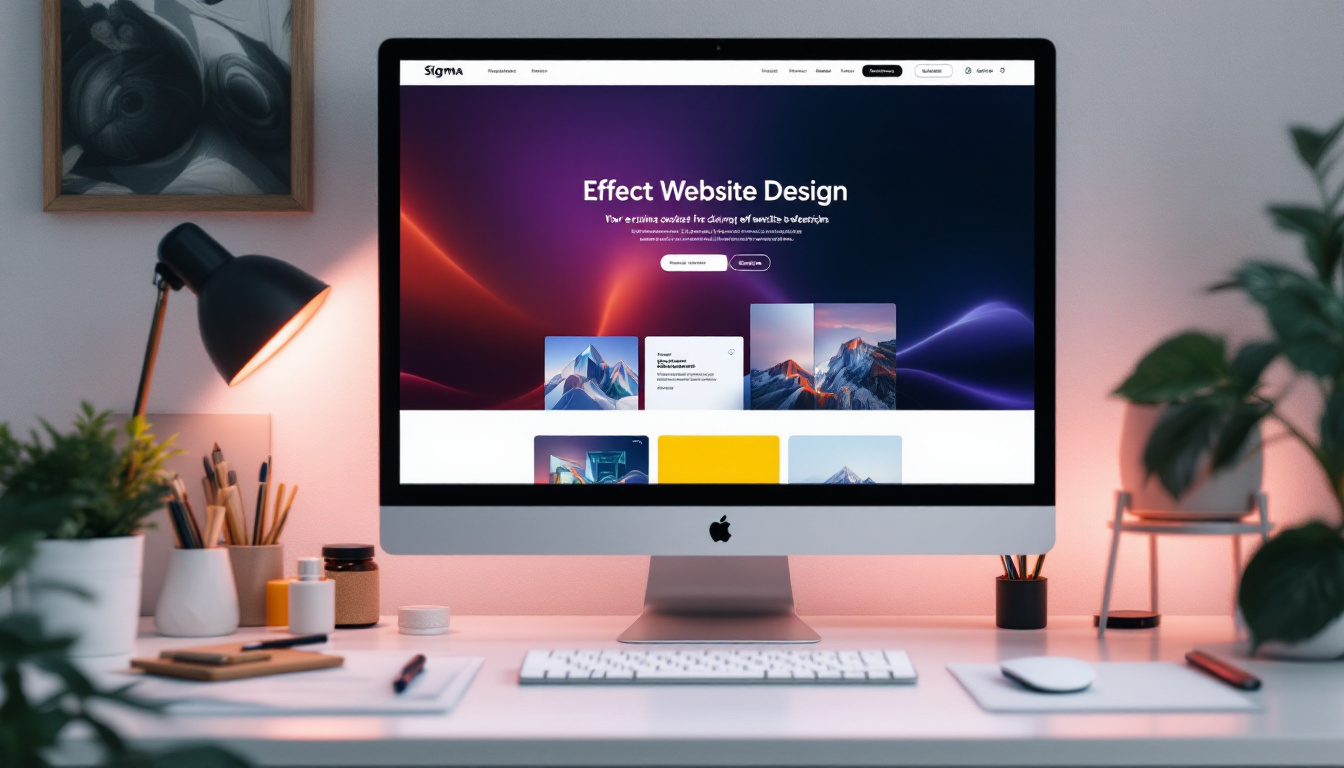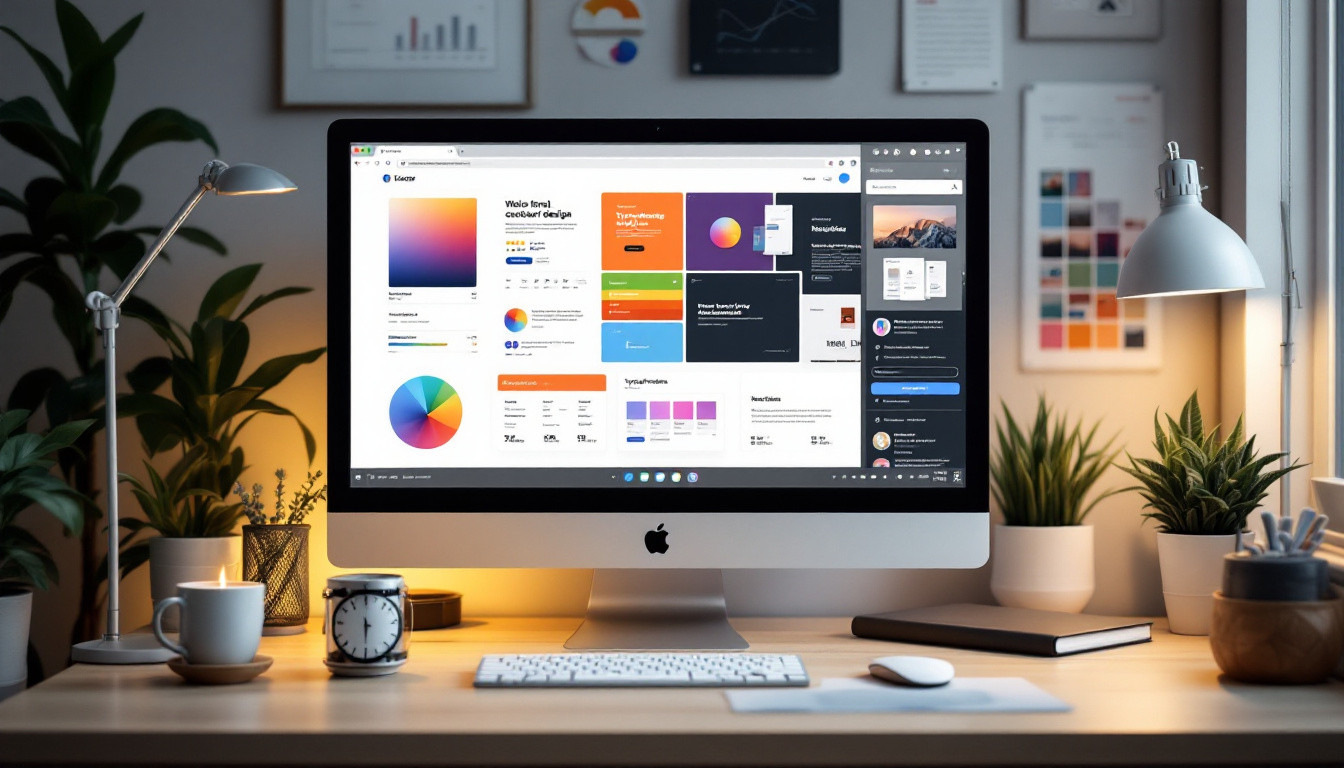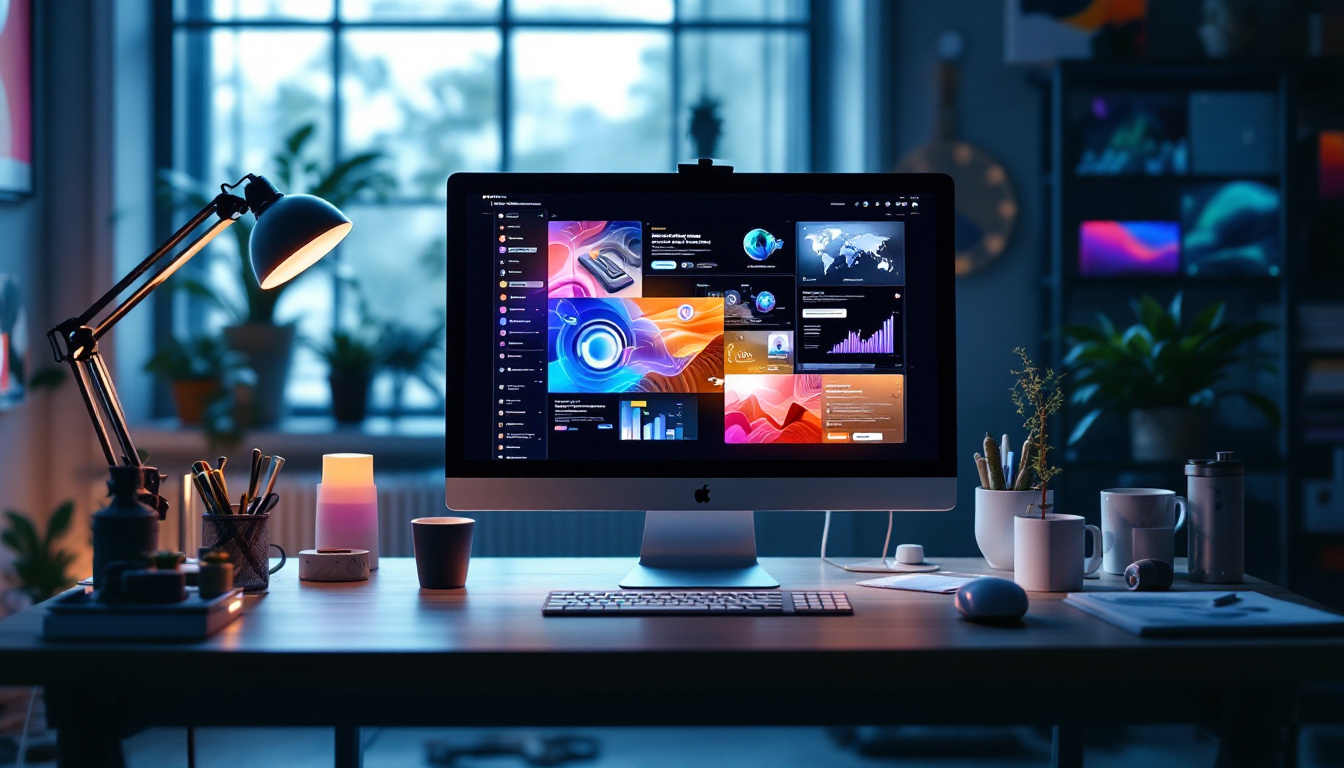The Artistic Den
A Design Blog

Discover the essential elements that define a successful website design.
In today’s digital age, having a well-designed website is not just an option; it’s a necessity. From the moment a visitor lands on your page, the design sets the tone for their entire experience. Understanding what makes a good website design can significantly impact your online presence and business success. Let’s dive into the key elements that contribute to excellent website design.
Understanding the Importance of Good Website Design
A well-designed website is crucial for various reasons. First and foremost, it conveys credibility. Visitors are more likely to trust and engage with a business that has a professional and aesthetically pleasing website. Good website design is also pivotal for ensuring visitors can navigate your site easily, which keeps them engaged for longer periods.
The Role of Website Design in Digital Marketing
Website design plays a significant role in your overall digital marketing strategy. It’s not just about looking good; it’s about functionality. A great design encourages visitors to take desired actions, whether that’s signing up for a newsletter, making a purchase, or contacting you for more information. When your website integrates seamlessly with other marketing efforts, such as social media or email campaigns, it can lead to increased traffic and conversions.
How Website Design Impacts User Experience
User experience (UX) is paramount, and website design is at its core. When users find a website easy to navigate and visually appealing, their overall experience improves. This often results in longer visit durations and lower bounce rates. Factors like load times, mobile responsiveness, and intuitive navigation contribute significantly to UX, making design an integral part of the user journey.
The Anatomy of a Well-Designed Website
When we talk about a well-designed website, several components come into play. Each element is vital for delivering a cohesive and engaging experience to the user. Let’s break down these components for a clearer picture of what works.
The Significance of Layout and Structure
The layout and structure of your website are like the blueprint of a building. A clear, logical structure helps users easily find the information they’re looking for. This could involve strategic placement of headings, subheadings, and content blocks that guide the user through their journey. A well-structured layout enhances readability and ensures your content flows logically, directing attention exactly where you want it.
The Power of Color and Typography in Web Design
Colors and fonts are not just about aesthetics; they serve functional purposes too. The right color scheme can evoke emotions and influence decisions. For instance, blue often conveys trust and reliability, making it a popular choice for financial sites. Typography also plays a role; legible and visually appealing fonts make reading easier and enhance your brand’s personality. Consistency in both color and typography is key to creating a cohesive look across all pages of your site.
Essential Elements of Good Website Design
Now that we’ve covered the importance of web design and its anatomy, let’s delve into the essential elements that every good website should have. Ensuring these elements are at the forefront will dramatically enhance your website’s effectiveness.
Importance of Navigation in Website Design
Navigation might just be one of the most critical elements of web design. If users can’t find what they’re looking for swiftly, they’re likely to leave and look elsewhere. A well-thought-out navigation structure, including clear menus and submenus, ensures users can explore your site easily without feeling lost. Consider implementing a sticky navigation bar for quick access, allowing users to move through your site seamlessly. A good rule of thumb is that users should be able to get to what they’re looking for within two clicks.
The Role of Responsive Design
In an era where mobile browsing accounts for a significant portion of web traffic, responsive design isn’t just a nice-to-have; it’s a must. A responsive website automatically adjusts its layout and content based on the device’s screen size, ensuring a consistent experience on smartphones, tablets, and desktops. This flexibility can enhance both user satisfaction and SEO performance.
Content and Visual Elements: Striking the Balance
A great website design balances engaging visuals with meaningful content. High-quality images and videos can grab attention, but if they overshadow your message, they can be counterproductive. Aim to create a harmonious integration where each visual element complements the text, reinforcing your brand’s message and keeping the user engaged.
The Impact of SEO in Website Design
Search Engine Optimization (SEO) is another critical aspect of good website design. It’s not just about creating a pretty website; it’s about ensuring that it can be found in search engines. A well-structured site can make a significant difference in your page ranking and visibility.
Designing for SEO: Why It Matters
When designing your website, keep SEO in mind. This includes using keywords effectively, optimizing meta tags, and ensuring a site structure that search engines can easily crawl. An SEO-friendly website helps attract organic traffic, making it more likely that potential customers will find you when searching for relevant keywords.
Integrating SEO Elements into Your Website Design
Integrating SEO elements into your design doesn’t have to be cumbersome. Simple practices like using alt text for images, creating descriptive URLs, and ensuring fast load times can significantly impact your site’s SEO. These elements combined not only help search engines understand your content better but also provide a smoother experience for users.
The Future of Website Design
As technology evolves, so does website design. Staying ahead of the curve can give you a competitive edge and appeal to modern users who demand more from their online experiences.
Emerging Trends in Website Design
Web design trends continue to shift, influenced by changing user preferences, technological advancements, and cultural shifts. Trends such as dark mode designs, micro-interactions, and immersive experiences through VR/AR are becoming mainstream. Keeping an eye on these trends can help keep your design fresh and appealing.
How to Future-Proof Your Website Design
To ensure your website design remains relevant, focus on adaptability. Choose flexible frameworks, prioritize mobile-first designs, and regularly review user feedback to adjust your design as needed. By implementing scalable solutions, you’re setting your site up for continued success long into the future.
In conclusion, good website design is a multifaceted endeavor that requires careful consideration of numerous elements. From layout and navigation to SEO and responsiveness, each component plays a role in creating a successful online presence. By understanding these aspects and implementing them thoughtfully, you can build a website that not only looks great but performs exceptionally well.
Reach out to Bear Design Company to have a professional build your site design for you, including all of the important measures we discussed above.
Be the first to comment